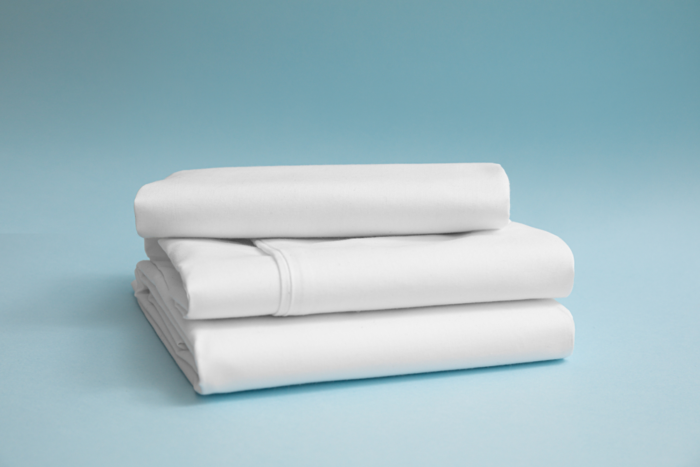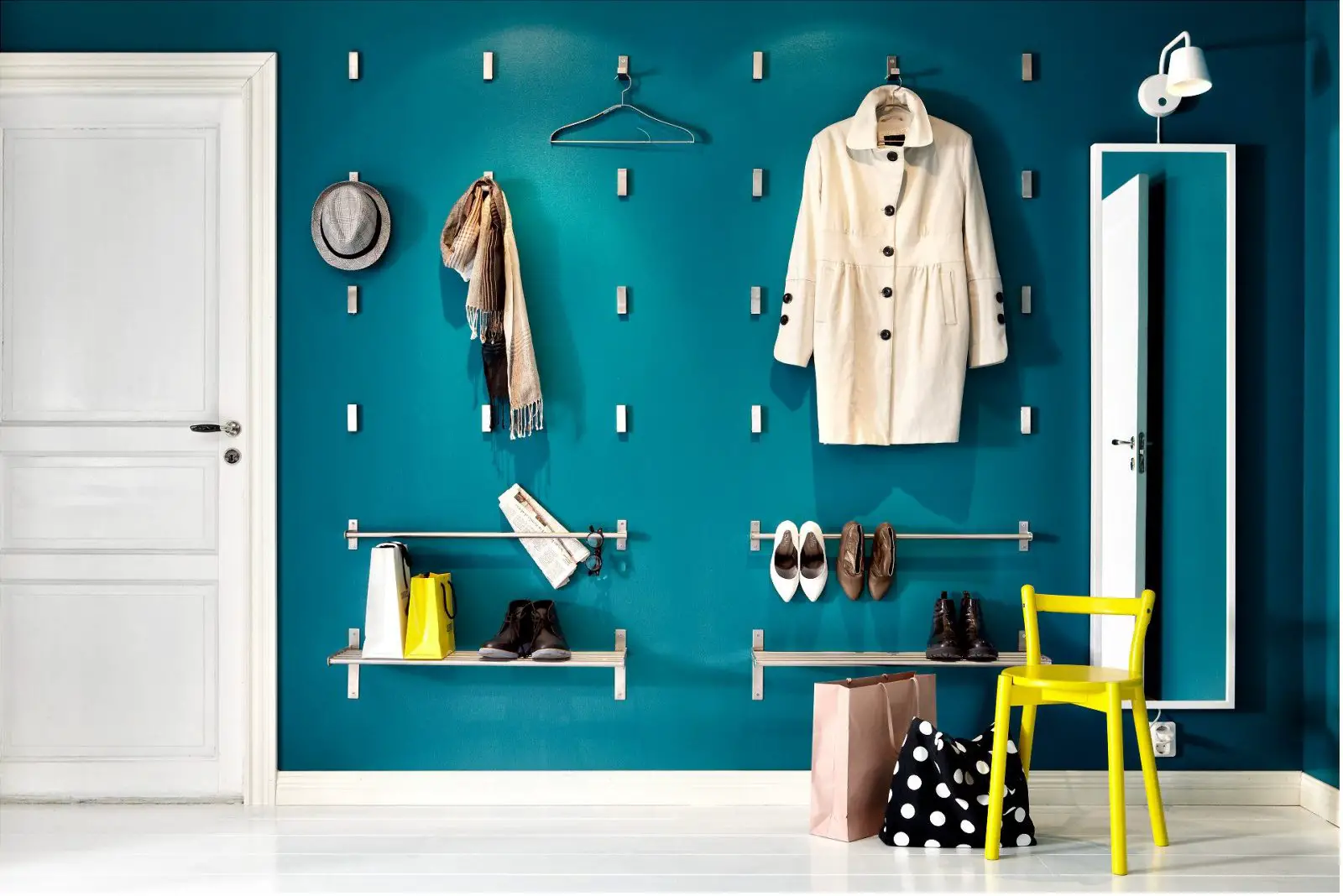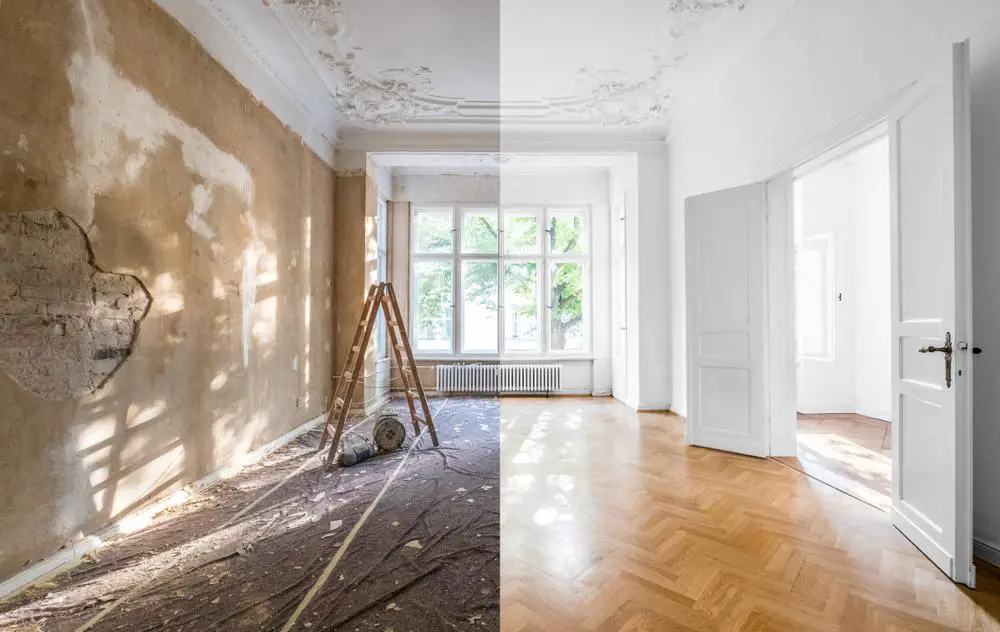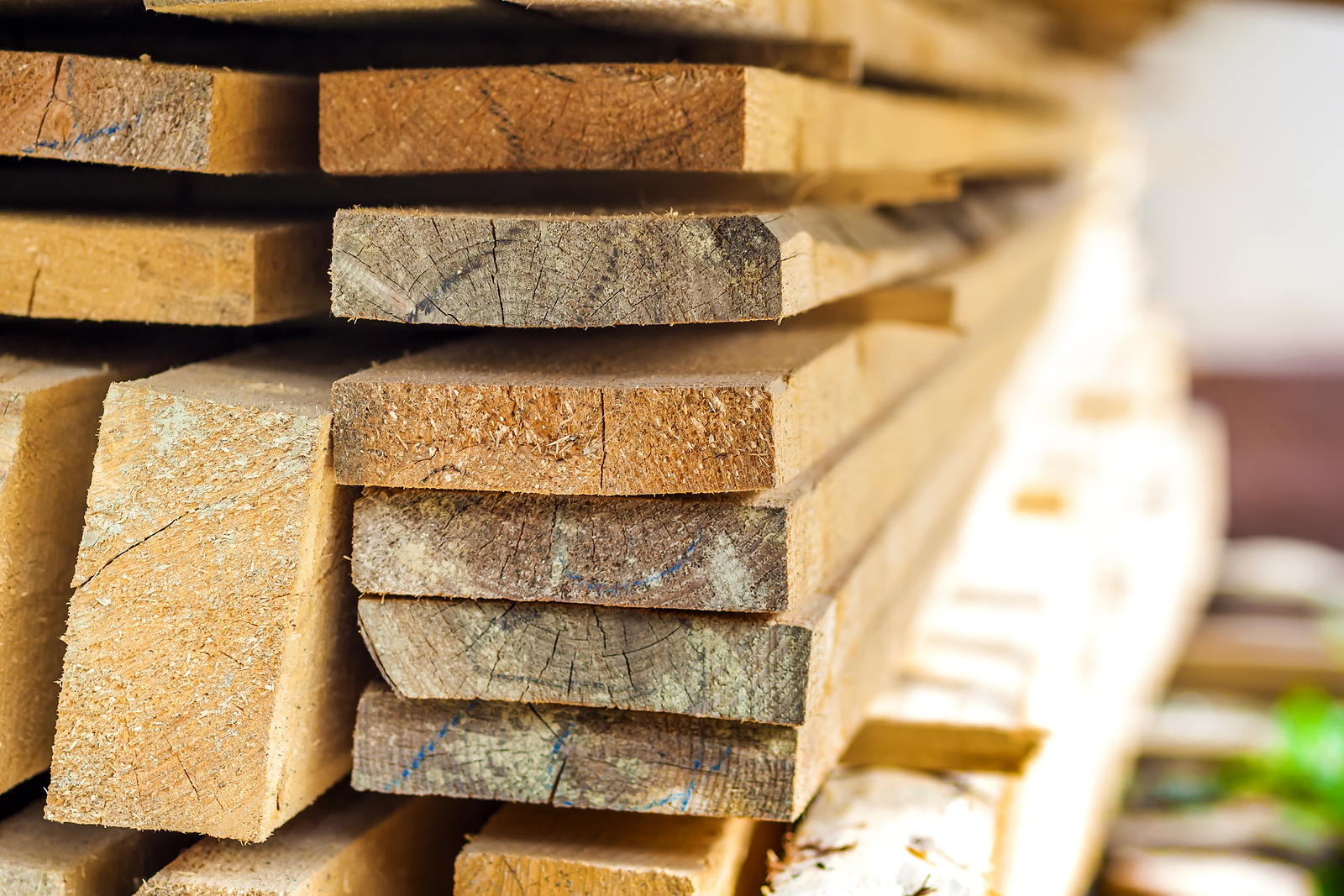An intriguing trend that has recently popped up on TikTok is that of sheet stripping. In their short videos, myriad TikTokers are showing their bathtubs full of bed linens soaking in sickeningly brown water, suggesting that some simple seeping method called stripping has allowed them to see how clearly contaminated their sheets and pillowcases had become. Now, people everywhere are jumping on the stripping trend, throwing everything from sheets to clothing to pet bedding and more in the bathtub to rid them of unseen dirt and grime.
However, before you start stripping, you should know the science behind the process. It might be that stripping isn’t the right solution for you to achieve comfort and cleanliness in your home.
What Is Stripping?
Stripping is a method of cleaning laundry by soaking materials in a mixture of intense cleaning agents to rid those materials of various types of build-up, like oils, soaps, dirt and other grime that accumulates over time and doesn’t always disappear with typical washing. Though different people have slightly different methods for stripping, this is the basic process:
- Fill a tub or basin with very hot water, as hot as possible from the faucet.
- Add a 1 to 1 to 2 ratio of borax, sodium carbonate (washing soda) and laundry detergent. For laundry roughly the size of a washing machine load, use 1/4 cup borax, 1/4 cup sodium carbonate and 1/2 cup detergent.
- Dissolve the mixture, and add laundry. Let soak until the water has cooled, about four hours, stirring occasionally.
- Wash laundry as usual in the washing machine, or rinse with water.
Does All Laundry Need to Be Stripped?
While TikTok might have you believe that all your laundry needs to be stripped regularly to be truly clean, laundry experts shudder at this thought. Laundry stripping is a harsh process; the extremely hot water and powerful cleaning agents do not treat materials particularly kindly. In most cases, stripping decreases the longevity of certain materials, and sometimes, just one stripping session is enough to ruin a material completely.
What’s more, the murky water you see at the end of stripping isn’t always what TikTokers say it is — that is, water might turn an off-putting brown-gray color not because the laundry is surfeit with grime. Rather, most dyes run in hot water, so if you are stripping anything with any amount of color in it, the dye is likely to tinge the water a strange hue. For that reason, you should be washing your colorful clothes in warm or cool water, to preserve the dyes.
Laundry experts typically advocate stripping only bed or bath linens, and only when those linens are a crisp white or else assuredly colorfast. It should go without saying that you shouldn’t strip delicate fabrics, like lace or silk, which can be irreparably harmed by the process. Finally, you shouldn’t strip your laundry often; once per year at most should be sufficient for most households.

What to Do Instead of Stripping
So, if you shouldn’t strip your laundry like TikTok suggests, how should you go about making sure that the various materials around your home are appropriately clean?
First, you should know how to do laundry the right way, which will ensure that laundry gets clean in the washing machine and avoids the buildup of soap, dirt and other substances. Some important laundry tips include:
- Don’t overload your washing machine. Never should a load of laundry fill more than three-quarters of the drum of a washing machine, and the load should be loosely distributed, not jam-packed.
- Don’t use too much detergent, fabric softener or other compounds. Washing machines are designed to wash out excess soap, but if there is too much detergent, some might linger on laundry after the rinse cycle. If you struggle to estimate the right amount, you might invest in pre-measured detergents, like pods.
- Sort laundry appropriately. Transferred dyes can sometimes look like dirt. This is why you need to sort darks from colors from lights and whites — to prevent cross-contamination and buildup.
Another important laundry lesson you might need to learn is when to give up on old laundry and buy replacements. Things like bed linens are used hard; experts advocate replacing sheets every two to three years and pillows every one to two years because they tend to accumulate grime so remarkably fast. You might be able to prolong use by investing in something like an affordable organic pillow, which is made from higher-quality materials. Still, eventually, you should recognize the need to swap your old laundry for something fresh and new.
As it turns out, not everything you see on TikTok is true. If you are eager to participate in the stripping trend, you should try to abide by laundry expert advice and wash only the durable bed and bath linens in your home. Otherwise, you should stick to safer, smarter laundry cleaning methods.






